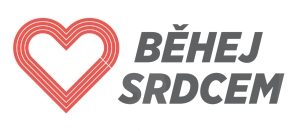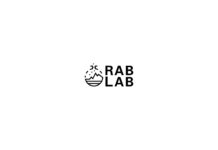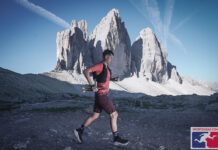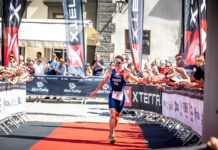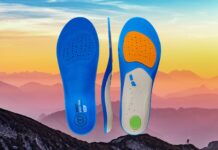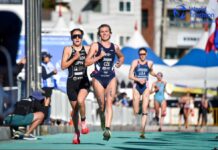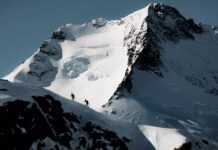
“Never settle”: that is Mizuno’s motto.
It sums up Mizuno’s approach to running shoes. They constantly seek to improve the technologies in their shoes in an effort to produce an even better experience for runners.
As a result, it can get a little confusing when trying to choose what Mizuno shoe is for you.
In the past 3-4 years Mizuno has both launched and retired a bunch of shoes (ie, goodbye to Nirvana, Elixir and welcome to Paradox, Catalyst..) so I think it’s time to deep dive into their lineup to make some clarity.
Mizuno Wave Plate
Mizuno’s signature technology is the Wave plate. It is a plastic plate that runs through the midsole of their shoes. The Wave plate is most visible in the heel portion of Mizuno shoes, where it is shaped like the waves of the ocean.

Mizuno Wave Plate
The idea is that the Wave plate will absorb impact and disperse it throughout the length of the plate, like a shock absorber.
Another feature of the Wave plate is its inherent stability. Think of a strip of cardboard. Cardboard bends and folds very easily in one direction, but is very difficult to twist side-to-side. The Wave plate is the exact same way. As a result, even their neutral shoes will have some inherent stability, usually much more than comparable shoes from other makers.
Almost all Mizuno running shoes will have some type of Wave plate. The length and shape of the plate might differ. Sometimes a shoe might feature a double Wave plate. But if you see a Wave plate, then you know you’re looking at a Mizuno running shoe.
EU4IC and EU4ICX
Every running shoe maker that uses EVA foam to create the midsole of their running shoes will use a specific formula in order to produce a feel that is specific to them. Mizuno shoes are characterized by a responsive feel. That means Mizuno shoes tend to be on the firmer side. You’ll feel like your feet are landing on the ground, not the clouds.
While that might not sound like the most comfortable experience in the world, the tradeoff is a more responsive ride. It’s like running on a sandy beach: the landing is soft, but it feels like you have to work harder to keep your legs moving. Mizuno wants you to feel like you are landing on firm ground, not sinking into the sand.
In 2013, Mizuno released the latest generation of their foam: U4ic (pronounced, “Euphoric”). It first featured in their light weight trainer, Wave Sayonara, and has made its way into every Mizuno running shoe since then. U4ic replaced AP+. And while U4ic still feels more responsive than other midsoles on the market, it is softer than the old AP+.
The best I can describe U4ic compared to AP+ is that U4ic feels spongier. It’s still a far cry from running on clouds or sand, but it’s not as firm as AP+ was, although just as responsive. U4ic is also much lighter than AP+. According to Mizuno, it’s 30% lighter. And that has let Mizuno offer lighter shoes without sacrificing cushioning.
Mizuno Running Shoes Lineup
Despite shaking up their running shoe lineup quite often, Mizuno is quite traditional in the way they divide their range: Neutral, Support, Racing and Trail.
As mentioned, most Mizuno running shoes will have a signature responsive feeling to them which encourages faster running.
Let’s see the shoes in each category:
Mizuno Neutral Running Shoes
Mizuno Neutral shoes are 5 – but I believe it’s better you think of them as a 3+2. Here are the first 3:

$120 – The Wave Rider is Mizuno’s go-to Neutral shoe. With a very traditional 12mm drop it keeps under 10 ounces of weigth. It is a great daily trainer for runners of all levels for every kind of mileage. Wave technology in the heel makes, will accommodate heel strikers more than mid and forefoot ones.
Mizuno Wave Enigma 6
The next 2 shoes – in our opinion – are different from the previous 3 in the sense that have a complete different feel and belong to a different segment of the running market: heavier and more stable than most neutral shoes, they are catered for heavier runners who don’t mind spend a little extra for the extra protection.
Mizuno Wave Creation 18

$160 – The Creation is a take-down, more affordable version of the flagship Prophecy. Offering Infinity Wave in the heel it is better suited for heavier runners looking for a responsive shoe with plenty of heel cushioning. Heavier runners will benefit from the added stability and probably won’t mind the added weight.
Mizuno Support Running Shoes
Mizuno trimmed the support lineup in the past few years, arriving at a 3-shoe range that is very balanced. From the lightweight Catalyst to the more stable Paradox, it’s a very no-nonsense lineup that we like.
Mizuno Wave Paradox 3
Mizuno Racing Shoes
A very nimble lineup as well, we selected 2 racing shoes – one for fast runners and short races, the other one a more rounded racer for runners of all abilities on all distances.
Mizuno Wave Ekiden 10
Mizuno Trail Running Shoes
Did you find this article useful? Please share it on your favorite social network using the buttons below – thank you!
Don’t forget to have a look at the other brand guides we wrote this year:
